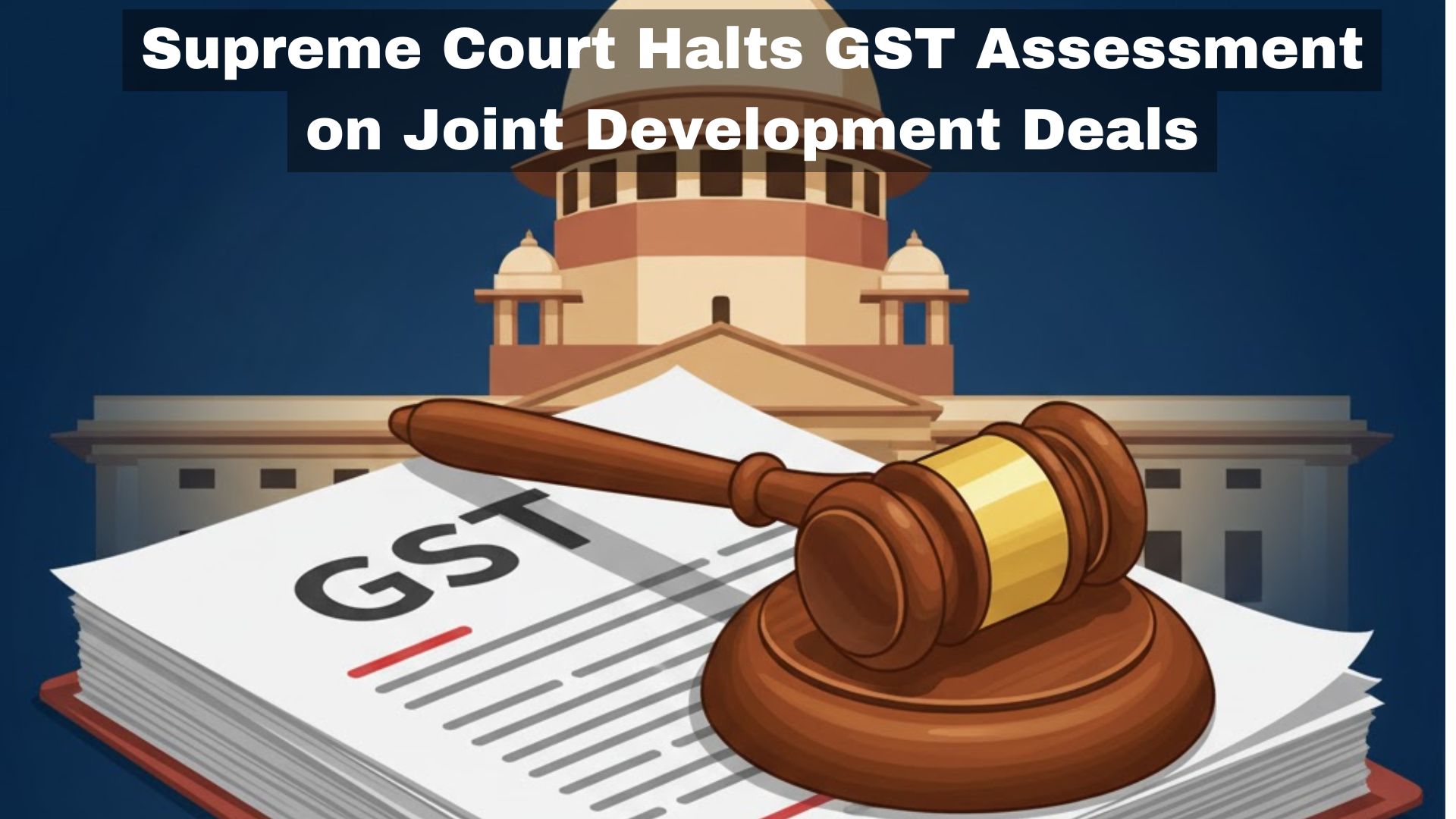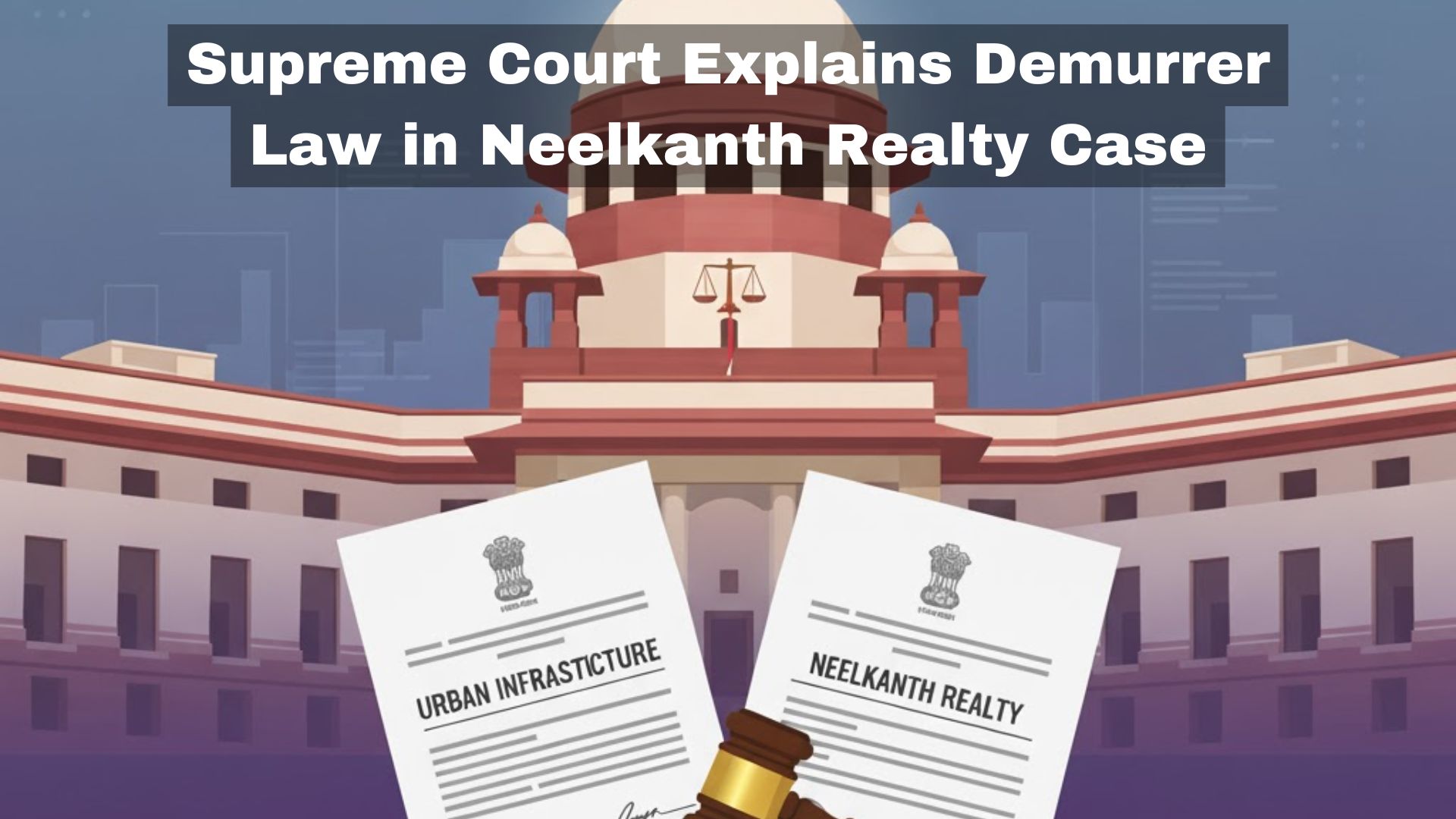Village,"S.4(1)
Notification","S.6
Declaration",Final Award,Reference Court Award
Chandapora,10.01.1997,02.06.1997,01.06.1999,"Reference No.15/2002
DOA 31.10.2008
Reference No.5/2002
DOA 03.11.2008
Bhagi-
Chandapora",24.06.1997,05.07.1997,01.06.1999,"Reference 1/2003 6/2002
DOA 03.11.2009
Pazwalpora,16.06.1997,05.07.1997,14.07.1999,"Reference No.7/2002
DOA 03.11.2009
are situated adjacent to each other and share a common border/boundary with each other. The inter se distance between these villages is not,,,,
much, however, centre to centre distance between these villages is less than half a kilometre. The learned counsel has also drawn our attention to",,,,
the Site Plan showing inter se location of these villages and the land acquired there from by the Collector, LAWDA, Srinagar, Jammu and Kashmir",,,,
in the year 1999, for the public purpose of re-settlement of Dal dwellers, which was obtained under the Right to Information Act, 2005 [RTI Act].",,,,
In response to the information sought by the appellants under the RTI Act, communication dated 08.12.2015 was sent stating that the villages of",,,,
Chandapora, Bhagichandpora and Pazwalpora are situated adjacent to each other and shared a common border/boundary with each other. The",,,,
Site Plan showing the location of the villages of Chandapora, Bhagichandpora and Pazwalporas also fortifies the information furnished that the",,,,
above three villages are situated adjacent to each other and share a common border/boundary with each other.,,,,
11. In cases of acquisition of land in Bhagichandpora and Pazwalpora in Reference Nos.1/2003, 6/2002 and 7/2002, the Reference Court, after",,,,
referring to the evidence adduced by the claimants thereon and also after referring to assessment of market rate by Tehsildar at Rs. 4,00,000/- per",,,,
Kanal, held that the land owners are entitled to compensation for the acquired land at the rate of Rs. 4,00,000/- per Kanal with solatium (Jabirana)",,,,
at the rate of 15% apart from interest @ 6% per annum on the enhanced compensation in excess to the sum awarded by the Collector, LAWDA.",,,,
12. As noted earlier, village Chandapora is situated adjacent to villages Bhagichandpora and Pazwalpora; while so, there was no reason why the",,,,
Reference Court differentiated the land of the appellants-land owners of the acquired land in Chandapora land Reference No.15/2002 by,,,,
awarding lesser compensation of Rs. 2,50,000/-. On a perusal of the judgment of the Reference Court in Reference No.15 of 2002, it is seen that",,,,
the witnesses were examined by the appellants to substantiate their case that the market rate of the land in village Chandapora in the year 1998,,,,
was about Rs. 8,00,000/- per Kanal. Though the Tehsildar of the area recommended Rs. 2,50,000/- per Kanal, the witnesses have stated that the",,,,
compensation fixed by Tehsildar was not reliable and not based on any material. The appellants have also produced a sale deed by one Mr.,,,,
Bansilal under which he sold a small strip of land measuring 1360 sq. feet in the vicinity of the acquired land for an amount of Rs. 1,00,000/-. But",,,,
the Reference Court discarded the evidence of witness Bansilal on the ground that under the sale deed only a small area of land was sold and the,,,,
sale deed cannot be taken to be a representative character of the entire land. In our view, the Reference Court was not right in discarding the said",,,,
sale deed which was supported by oral evidence of the witnesses, to substantiate their claim that the market rate assessed by the Tehsildar at Rs.",,,,
2,50,000/- was not a fair compensation.",,,,
13. When the lands are more or less situated nearby and when the acquired lands are identical and similar and the acquisition is for the same,,,,
purpose, it would not be proper to discriminate between the land owners unless there are strong reasons. In Union of India v. Bal Ram and",,,,
Another (2010) 5 SCC 747, this Court held that if the purpose of acquisition is same and when the lands are identical and similar though lying in",,,,
different villages, there is no justification to make any discrimination between the land owners to pay more to some of the land owners and less",,,,
compensation to others. The same was the view taken in Union of India v. Harinder Pal Singh and Others. (2005) 12 SCC 564, where this",,,,
Court held as under:-,,,,
15. We have carefully considered the submissions made on behalf of the respective parties and we see no justification to interfere with the",,,,
decision of the Division Bench of the Punjab and Haryana High Court which, in our view, took a pragmatic approach in fixing the market value of",,,,
the lands forming the subject-matter of the acquisition proceedings at a uniform rate. From the sketch plan of the area in question, it appears to us",,,,
that while the lands in question are situated in five different villages, they can be consolidated into one single unit with little to choose between one",,,,
stretch of land and another. The entire area is in a stage of development and the different villages are capable of being developed in the same,,,,
manner as the lands comprised in Kala Ghanu Pur where the market value of the acquired lands was fixed at a uniform rate of Rs. 40,000 per",,,,
acre. The Division Bench of the Punjab and Haryana High Court discarded the belting method of valuation having regard to the local circumstances,,,,
and features and no cogent ground has been made out to interfere with the same.,,,,
16. In our view, in the absence of any contemporaneous document, the market value of the acquired lands of Village Kala Ghanu Pur which were",,,,
acquired at the same time as the lands in the other five villages was correctly taken to be a comparative unit for determination of the market value,,,,
of the lands comprising the lands forming the subject-matter of the acquisition proceedings under consideration.......""",,,,
14. When the lands are acquired at the same time and for the same purpose that is for resettlement of Dal dwellers, the lands situated in three",,,,
different villages namely, Chandapora, Bhagichandpora and Pazwalpora, and since the land is similar land, it would be unfair to discriminate",,,,
between the land owners and other references and the appellants who are the land owners in Reference No.15 and pay less that is Rs. 2,50,000/-",,,,
per Kanal to the appellants and pay more to other land owners that is Rs. 4,00,000/- per Kanal. Impugned judgments of the High Court in CIA",,,,
No. 211/2009 and Cross Appeal No. 64/2011 are to be set aside by enhancing the compensation to Rs. 4,00,000 per Kanal. As a sequel to this,",,,,
the order passed in review is also to be set aside.,,,,
15. In the result, the impugned judgments are set aside and these appeals are allowed. It is held that the appellants are at par with other land",,,,
owners whose lands were acquired in Bhagichandpora and Pazwalpora in other references, and hence they are also entitled to enhanced",,,,
compensation of Rs. 4,00,000/- per Kanal with 15% solatium (Jabirana) and all other statutory benefits. No costs.",,,,

